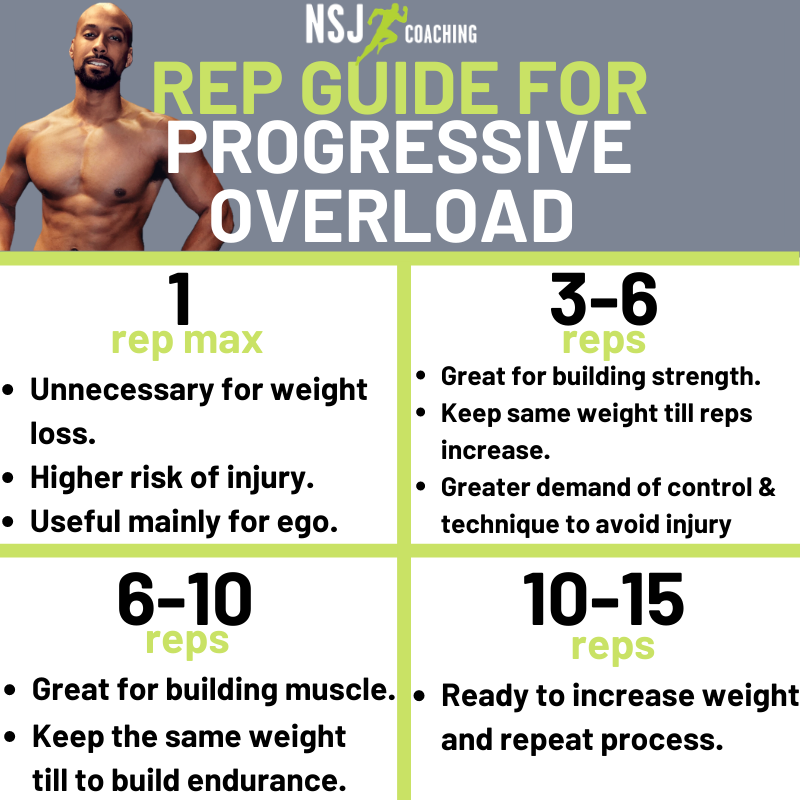Weight training is essential to building muscle. In order to stimulate growth, an important principle to implement is ‘Progressive Overload’.
What Is Progressive Overload?
This is a term used to indicate an increase in weight, reps or both during a training program. Here’s an example. If you performed a set of bicep Curls and achieved 10 reps with 10kg, the following week you would be aiming to push on to 12 reps or to move up in weight.
Steadily increasing weight is vital to building strength and muscle but any increase in weight needs to be controlled. Keeping good-form in order to maximise muscle development and most importantly avoid injury.
There is a greater risk of injury with every increase and every rep as the difficulty of the exercise increases due to fatigue. No brainer right?
Unfortunately, this often goes totally overlooked and the most common reason is a lack of understanding of progressive overload and most commonly ego.

I’ve seen barbell bicep curls performed so badly I couldn’t tell if the guy was trying to curl the bar or limbo under it.
I’ve seen one poor, silly sod arch his lower back so badly before the bar even passed his belly button I thought he was going to fold in half!
By all means, increase the weight but you need to be able to control the damn thing.
One thing that drastically diminishes under a load that is too heavy is the range of motion, which can drastically decrease the work performed of the target muscle during an exercise.
Heres a tip, you can have a great physique and stay injury-free if you just drop the ego and zone in on the muscle you are trying to work on every set.
Imagine performing a bench press, say during your warm-up set and you were able to lower the bar all the way down to your chest. That would be a full range of motion. You’d be working your chest through the broadest range possible, fully lengthening the muscle for a deeper contraction.
When the weight is too heavy, the range of motion can drastically reduce. So instead of lowering the bar as much as possible the bar only goes half-way down (sometimes less), minimising the work done by the chest so the actual benefit from going heavier does not take effect.
The supporting muscles around the shoulders and elbows go under particular strain, being forced to work with a load they are not equipped or built enough to handle, this is when an injury occurs.
The amount of young men under 25 with shoulder or elbow injuries is staggering and it’s commonly due to poor lifting technique or buckling under a load that is too heavy.
Use a rep range of 8-12, if you can get 12 or more then take the weight up by 1 to 2.5 kilos ensuring that the last rep has the same form and technique as the first.
Stay healthy.
Nathan is here to take all the BS out of building muscle and fat loss and has been changing lives and bodies for the last 7 years. He understands what it takes to make a transformation and how to make a clear and simple path for others to achieve their own transformation.

Follow Nathan on Instagram on the link below for the most up to date health and wellness advice and to experience his personal training sessions on Instagram live.
